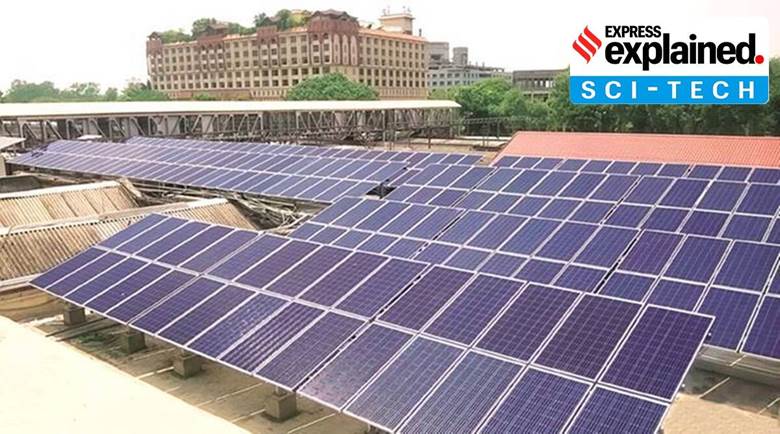Free Courses Sale ends Soon, Get It Now


Free Courses Sale ends Soon, Get It Now



Copyright infringement is not intended
Context: Solar photovoltaics (PV) has driven India’s push towards the adoption of cleaner energy generation technologies. From less than 10 MW in 2010, India has added significant PV capacity over the past decade, achieving over 50 GW by 2022.
More on the news:
Key components:
Current govt policy:
Size and technology:
Raw materials supply:
Academics plus industry:
Conclusion:
© 2024 iasgyan. All right reserved